In Photos: 7 New Species of Peacock Spider
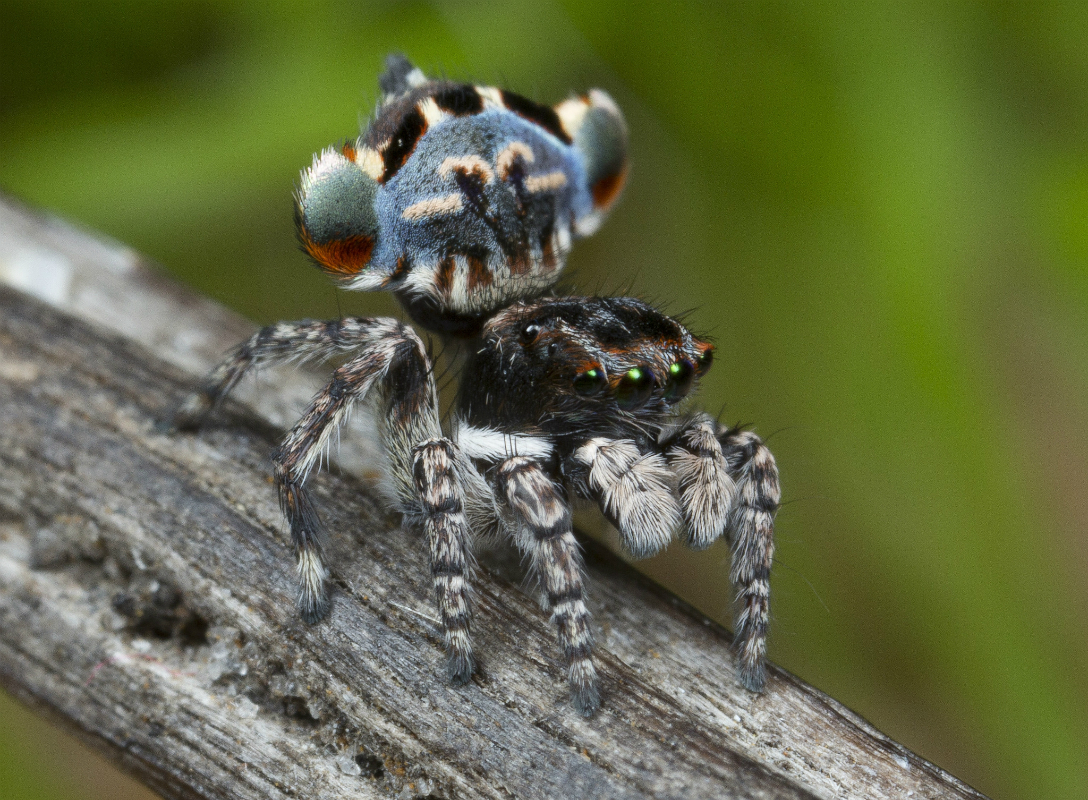
Maratus vespa
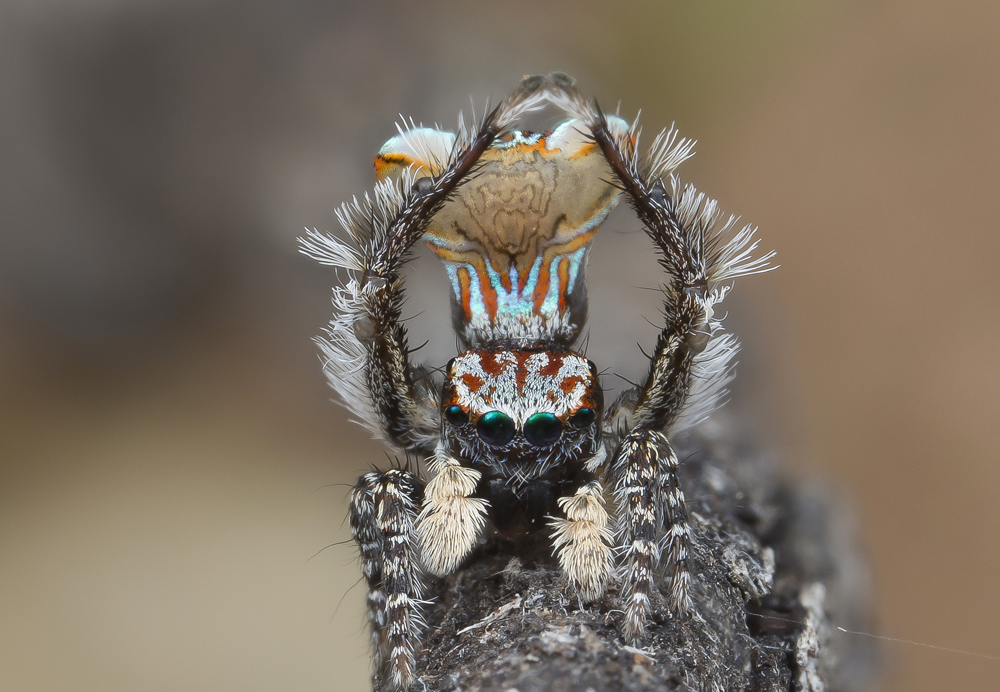
Researchers Jürgen Otto and David Knowles discovered this spider in 2015 near Lake Jasper in Western Australia. Any new peacock spider is an exciting discovery, though it wasn't until Otto studied the spider more closely that its unusual courtships displays were revealed.
Read the full story about the new peacock spider species.]
Maratus vespa
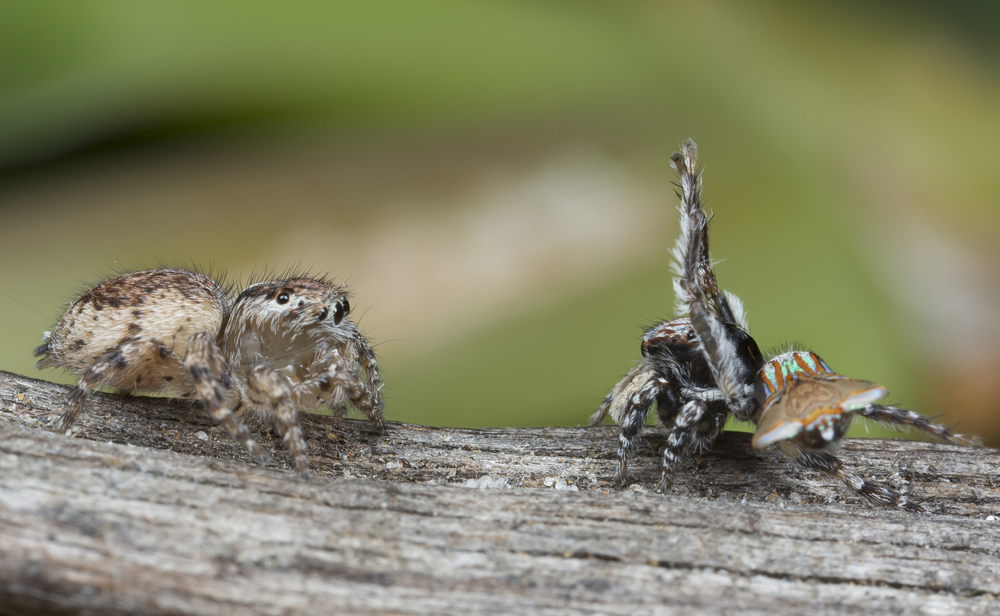
During the courtship "dance," the male M. vespa (right) first extends the flaps on his abdomen and raises his legs to form an arch. He moves his abdomen to one side, folding the flaps away, then rotates the abdomen back to the center and unfolds the flaps again, repeating the actions on the other side.
Maratus vespa
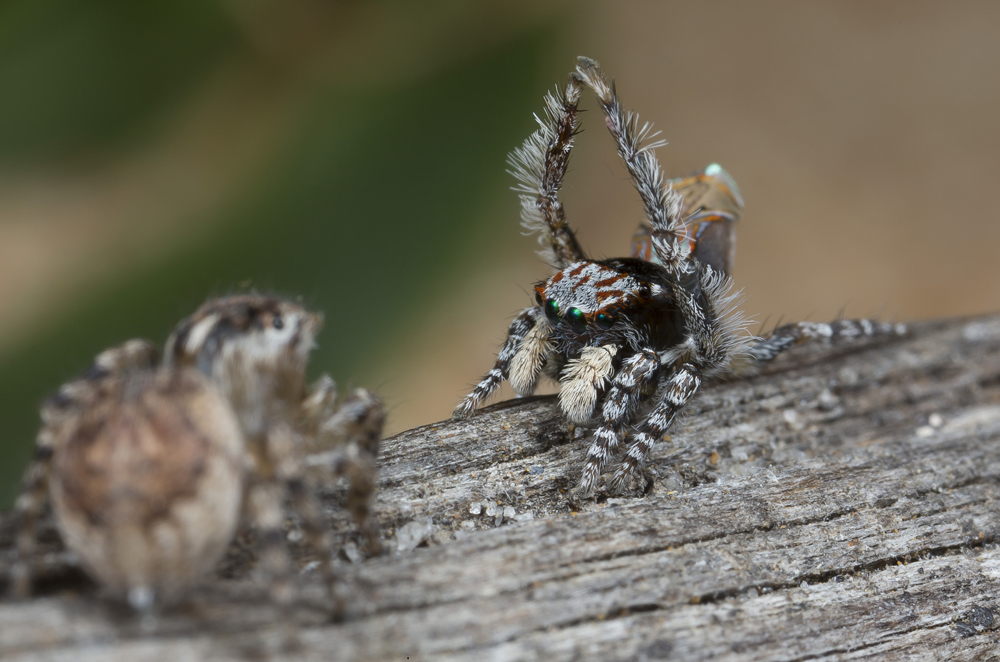
Females appear to be mesmerized by the performance, researcher Jürgen Otto reported. He observed that during the displays, females even moved in unison with the male's abdomen.
Maratus bubo
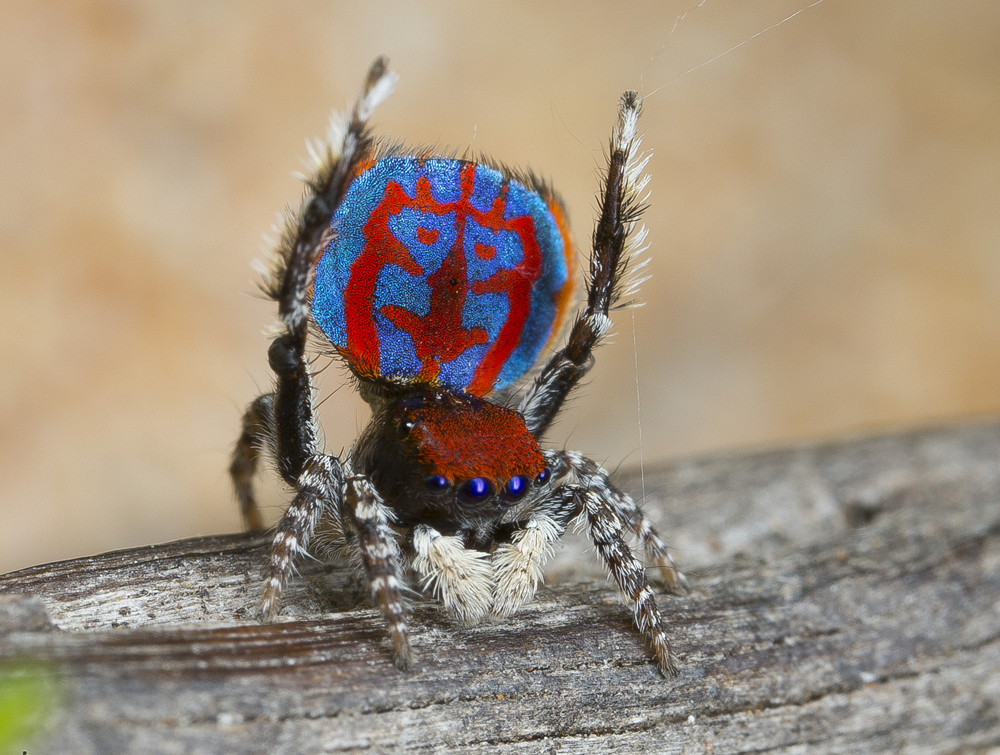
Scientists Jürgen Otto and David Knowles found M. bubo while searching for a spider that Knowles had discovered many years early, and had nicknamed "Hokey Pokey." When they collected M. bubo, Otto explained, they were so certain that is was the similar-looking "Hokey Pokey" that they didn't examine it closely, discovering later that they had found a new species.
Read the full story about the new peacock spider species.]
Maratus bubo
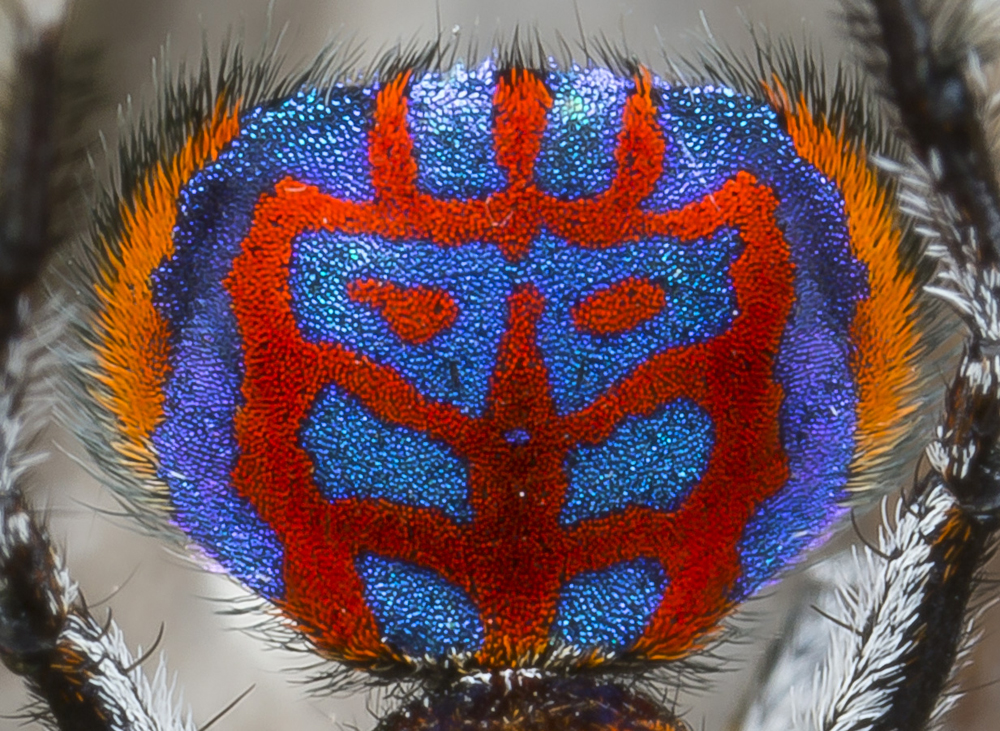
The abdominal pattern of M. bubo reminded the researchers of an owl's face, inspiring them to name it "bubo," after the genus for horned owls.
Sign up for the Live Science daily newsletter now
Get the world’s most fascinating discoveries delivered straight to your inbox.
Maratus lobatus
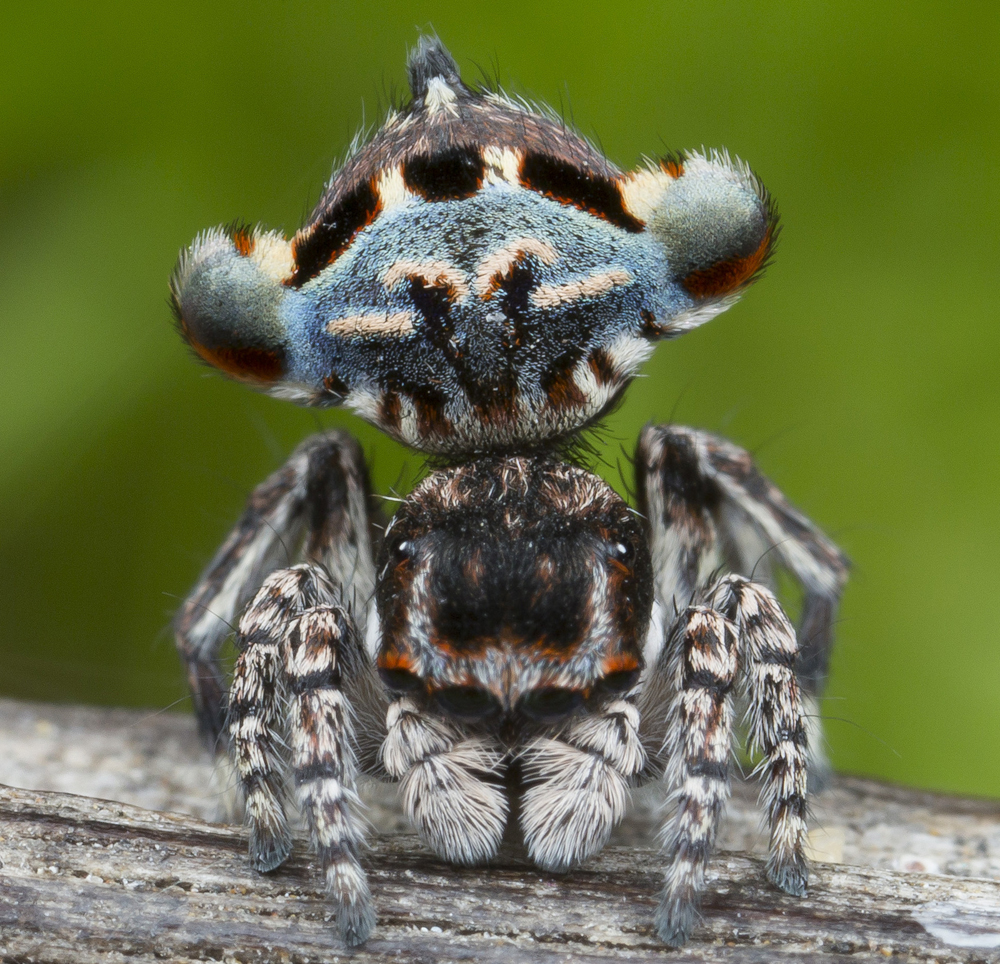
Researcher Jürgen Otto learned about the peacock spider M. lobatus from scientist David Knowles, who photographed the species years ago in Western Australia. Otto raised the individual in this photo from an egg.
Maratus australis
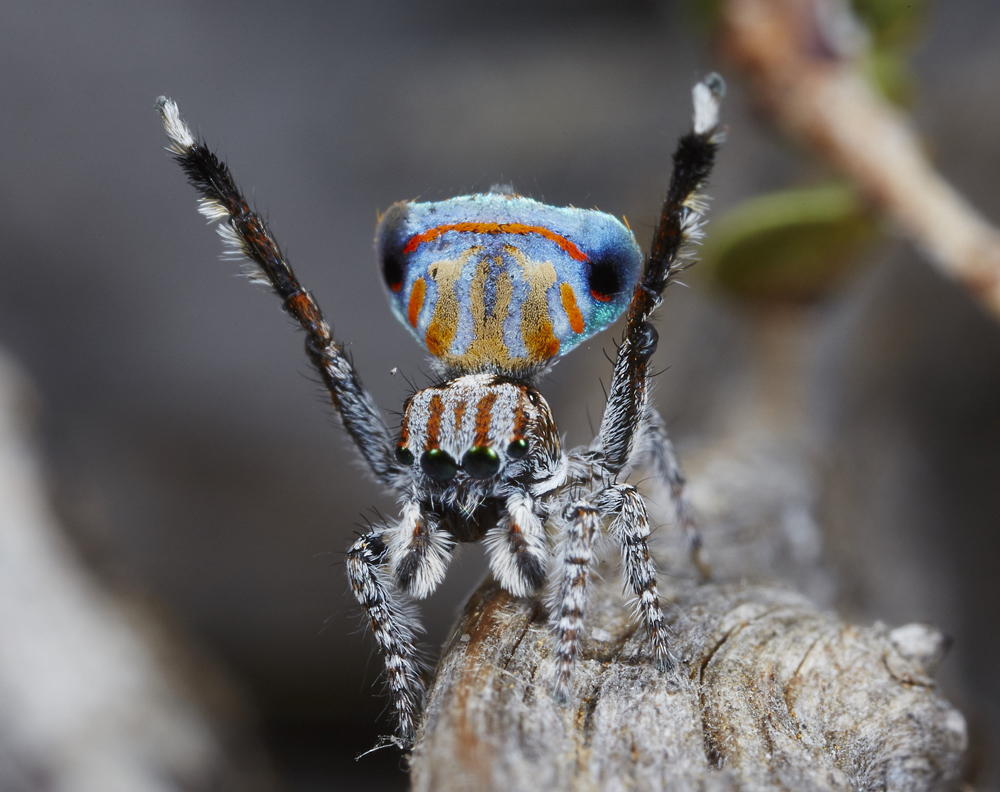
M. australis individuals were found by researchers at a number of locations in Western Australia. It resembles another peacock spider species — M. tasmanicus — in most respects, but differs sufficiently for it to be considered a separate species.
Maratus vultus
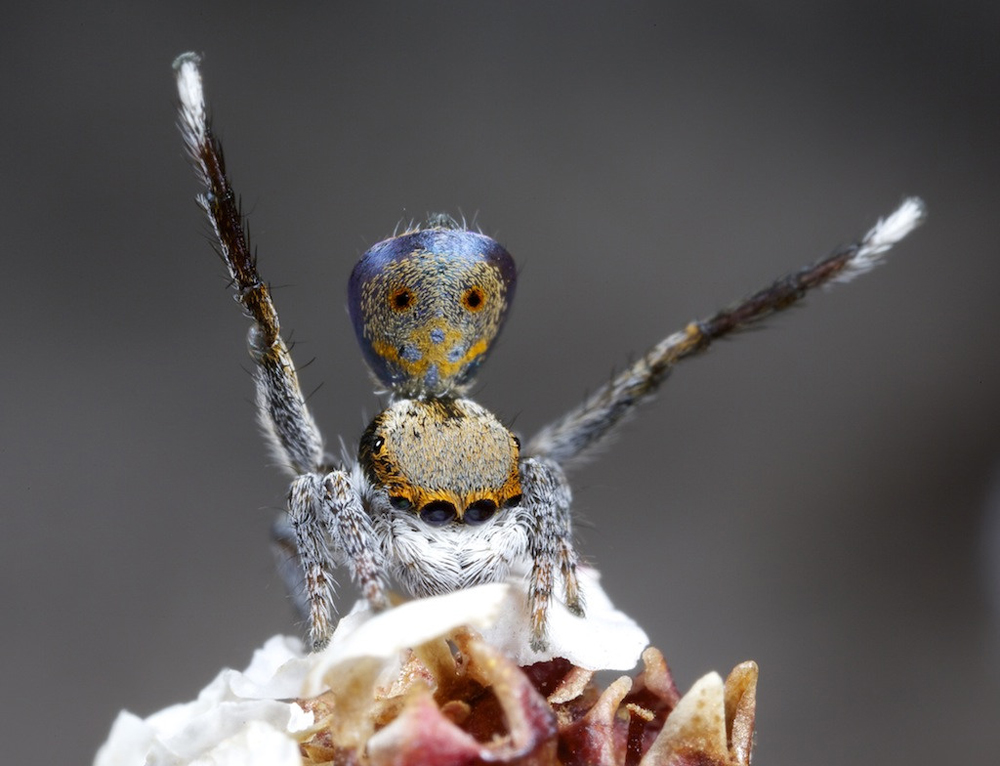
M. vultus males have a black carapace with a distinctive orange figure on the fan, which is raised during courtship displays. The species is known from a specimen collected at Point Ann in Fitzgerald River National Park in Western Australia, and from Esperance, Western Australia, where it was photographed but not collected.
Read the full story about the new peacock spider species.]
Maratus albus
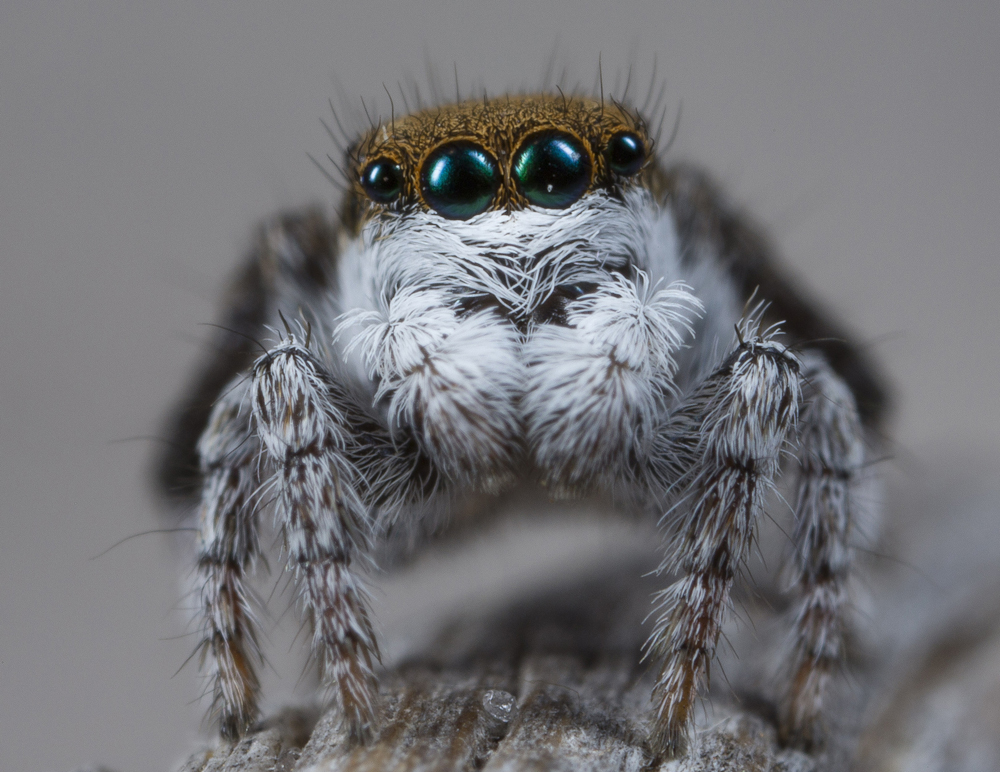
Jürgen Otto discovered M. albus at the Eyre Bird Observatory in Western Australia's Nuytsland Nature Reserve. M. albus was later detected in South Australia and Otto found the species most recently on Kangaroo Island, off the South Australia mainland.
Maratus albus
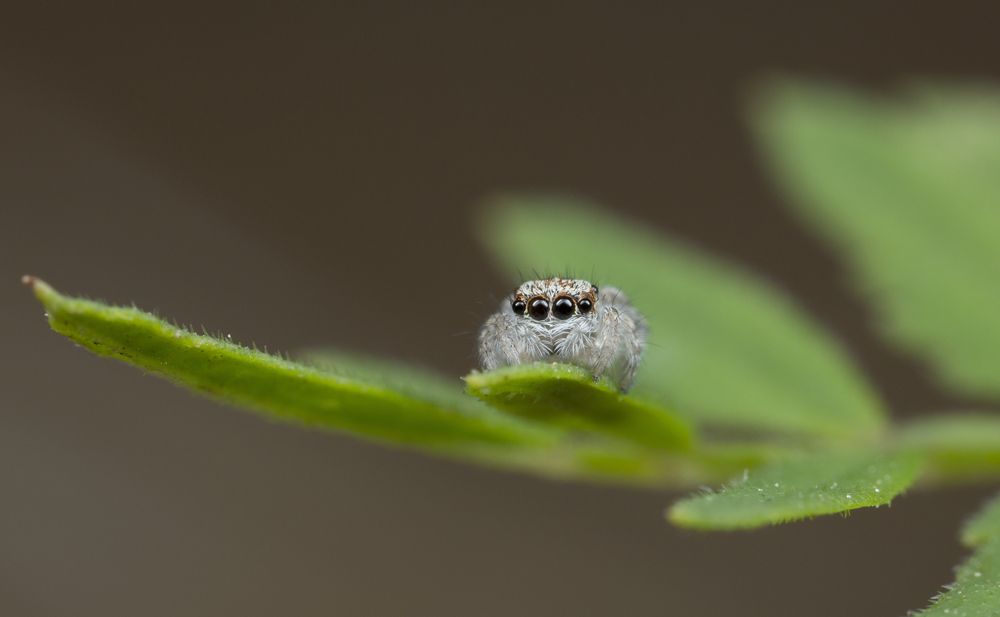
This individual is a second instar juvenile. M. albus does not possess the flaps found on many other peacock spiders' bodies, and it does not lift its abdomen during courtship displays. Nevertheless, Otto described it as "a charming animal," adding that its juveniles are "amongst the most photogenic."
Maratus albus
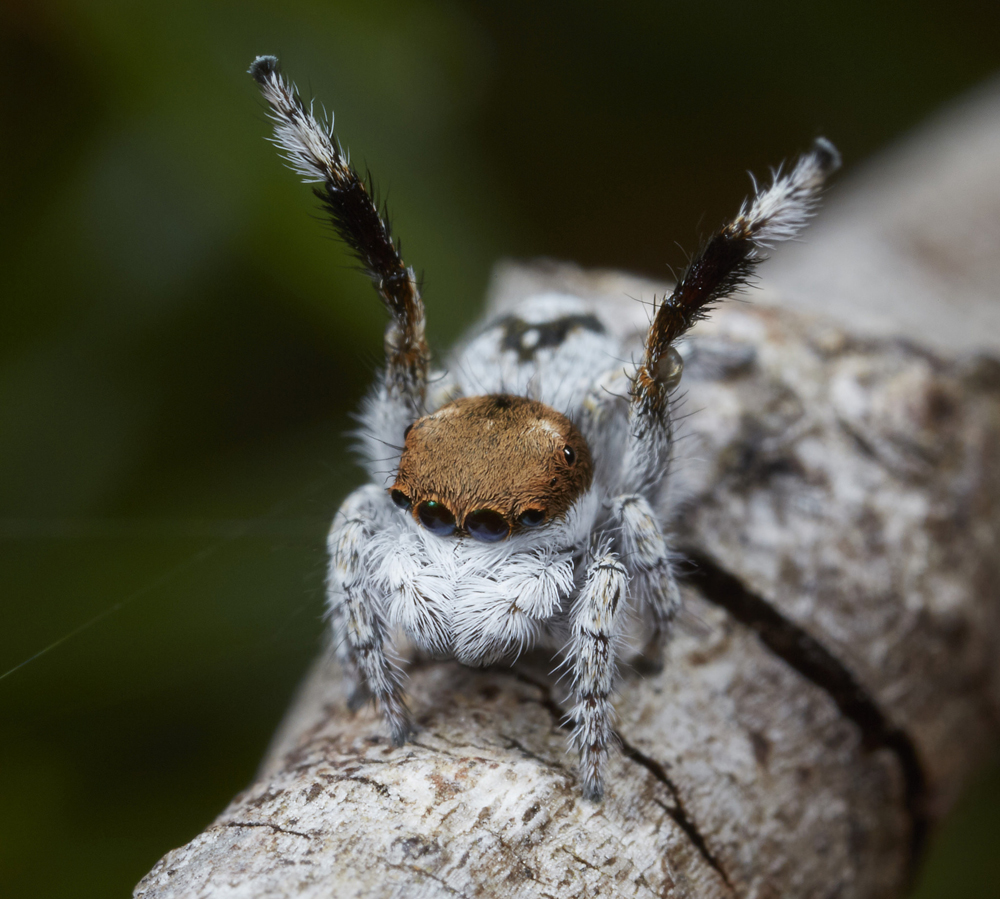
M. albus appears to be restricted to coastal habitats, beaches and rocky terrain directly adjacent to the sea, and can be found on small plants or debris.

Mindy Weisberger is an editor at Scholastic and a former Live Science channel editor and senior writer. She has reported on general science, covering climate change, paleontology, biology and space. Mindy studied film at Columbia University; prior to Live Science she produced, wrote and directed media for the American Museum of Natural History in New York City. Her videos about dinosaurs, astrophysics, biodiversity and evolution appear in museums and science centers worldwide, earning awards such as the CINE Golden Eagle and the Communicator Award of Excellence. Her writing has also appeared in Scientific American, The Washington Post and How It Works Magazine. Her book "Rise of the Zombie Bugs: The Surprising Science of Parasitic Mind Control" will be published in spring 2025 by Johns Hopkins University Press.









